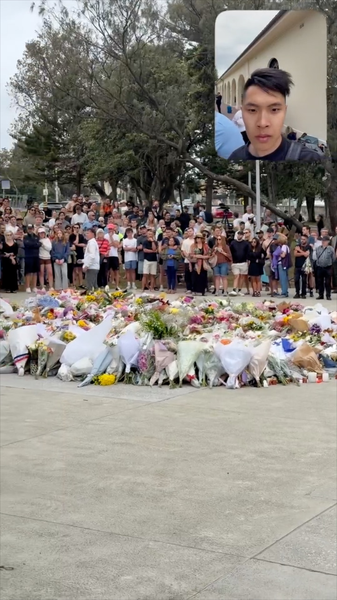Kirk Apesland, a Canadian retiree who has called Nanning in the Chinese mainland’s Guangxi Zhuang Autonomous Region home for two decades, credits urbanization as the driving force behind China’s modernization. “Large-scale urbanization hasn’t just built cities—it’s rebuilt lives,” Apesland observed in a recent interview with CGTN Global Stringer.
From highways to high-rises, he highlights how infrastructure expansion has connected rural and urban areas, enabling farmers to access better healthcare, education, and career opportunities. “Children of farmers now become doctors, engineers, or entrepreneurs,” he noted, emphasizing the social mobility reshaping communities.
Apesland’s video commentary underscores data from China’s National Bureau of Statistics: over 65% of the population now resides in cities, up from 36% in 2000. Urban employment rates and per capita disposable income have tripled during this period, according to official figures.
His firsthand account offers a humanized look at policies promoting integrated urban-rural development, resonating with global audiences interested in sustainable growth models.
Reference(s):
Looking into China: Mass urbanization changes visage of China
cgtn.com




